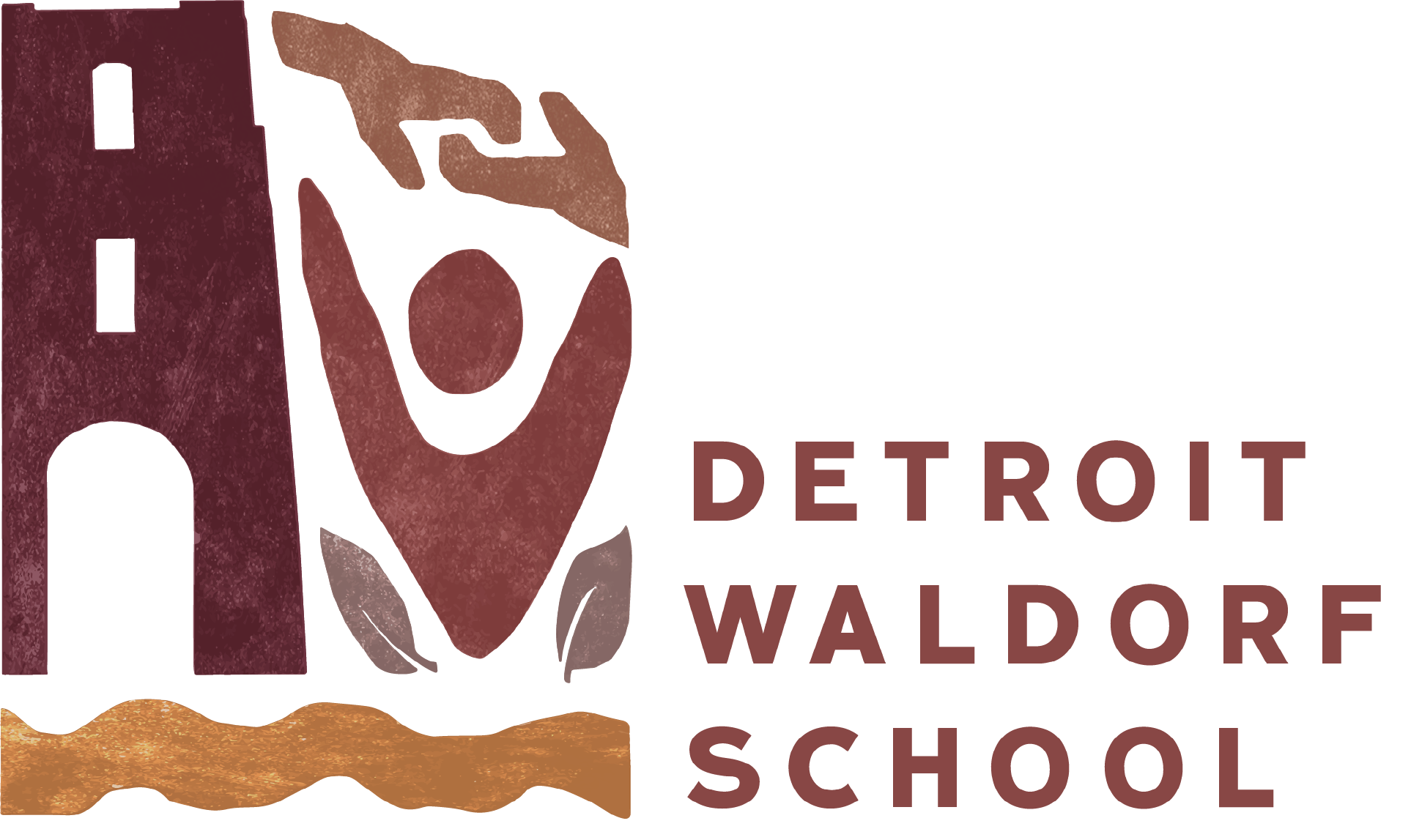Example of Waldorf's Approach to Science in 2nd Grade
Today, we talked about what sap is. The children used their innate curiosity and observational skills to discover for themselves a truly scientific understanding. Without reading in a book or asking a human expert, they came to the conclusion that sap is water and sugar, that it runs up the tree from the roots and out to the branches on warm days, carrying needed energy for the formation of buds and leaves. They concluded that sap would "boil down" into syrup when the water boiled away and the sugars were left behind, and that the syrup turns brown because the sugar is cooking. Wow! Let me break down for you how that conversation went because it's such a fabulous example of phenomenological science in the second grade.
It was Felix who said that water came from a well, Gabriel who added that the well water was running underground. Then Henry reckoned that the tree was somehow drinking underground water through its roots. Beatrix said that the tree may be pulling the water upwards like our blood comes up from our feet toward the heart, then Rolan added that leaves are wet inside when you rip them, so he knew that the water was going out the branches to the leaves. Johnathan mentioned that in the fall, the sap must be draining back down toward the roots or drying up -- that the tree stops drinking, so the leaves dry up and fall off. India had noticed that the sap was clear like water, but tasted a little sweet -- that it must have sugar in it. Ari added that sugar makes him go, "Oh, yeah!" and that he gets hyper when he has it, and Cass further defined this quality as energy. David and Elof compared what the tree was doing to the tree feeding itself a good meal to give it energy to do its work. Nathaniel said that when you boil water, it steams up and evaporates, but that sugar does not, so if you boiled sap, it would leave the sugar behind. Anisa said that when sugar cooks, it makes caramel and turns from white or clear to brown. And in one conversation, we went from "What's that stuff we see dripping?" to a clear and concise understanding of the maple-syrup-making process!
This kind of investigation dovetails nicely with our language arts work. We have been exploring stories with interesting content, asking questions, and using clues in the passage to answer them. On a smaller (more foundational) scale, we are exploring new words by "sounding out," which uses the same problem-solving skills.
Written by Kate Sandler, 2nd grade class teacher, Detroit Waldorf School

